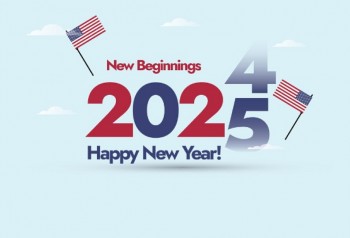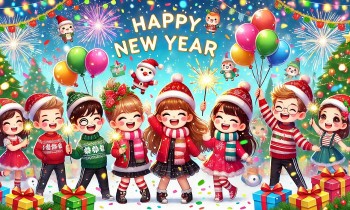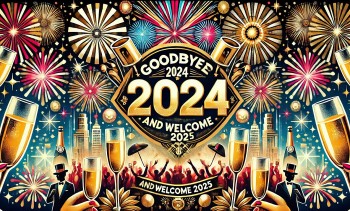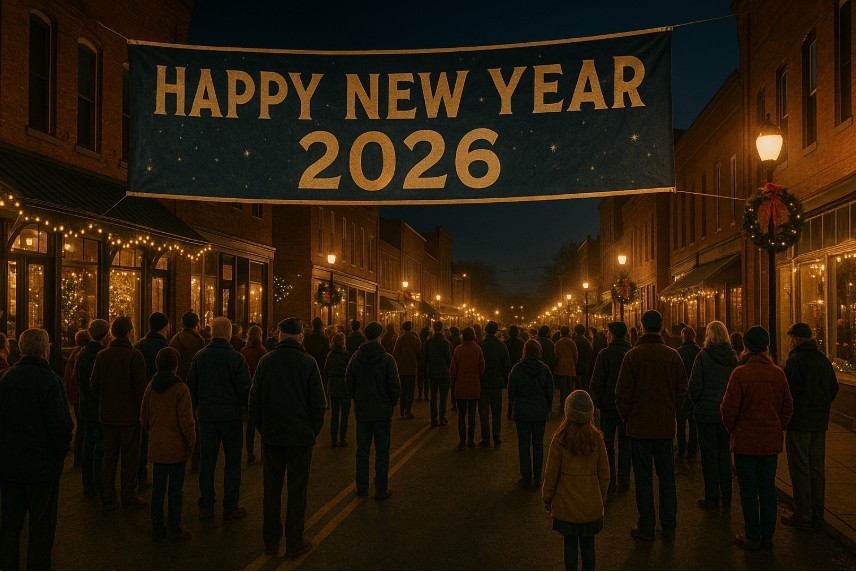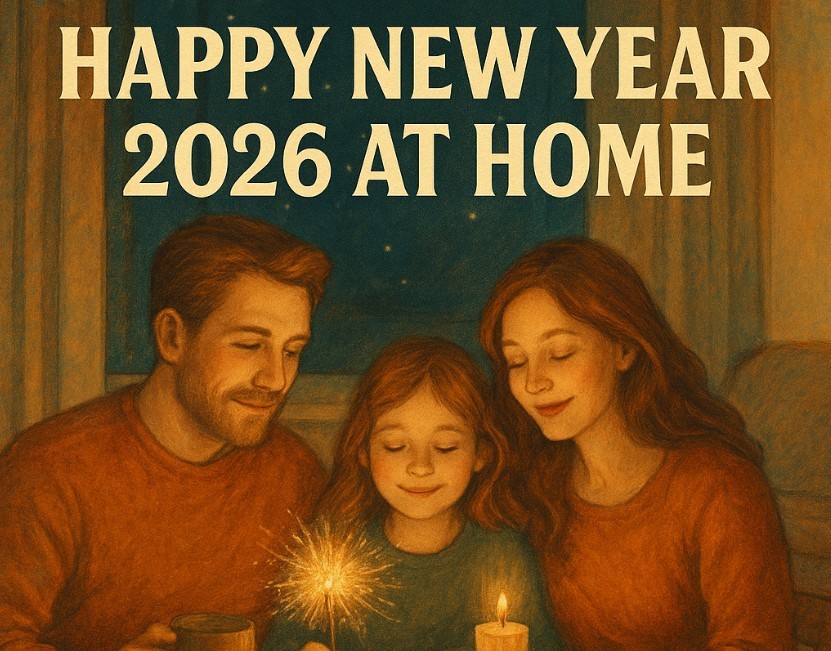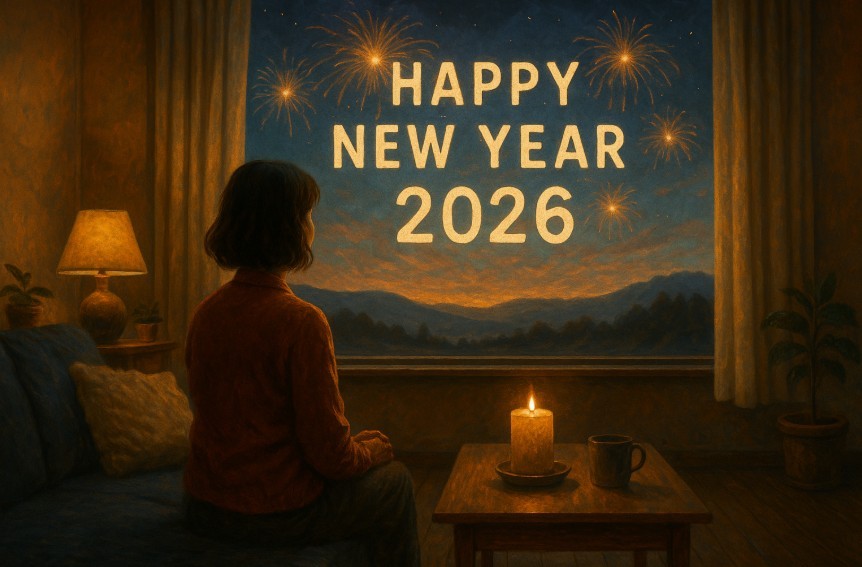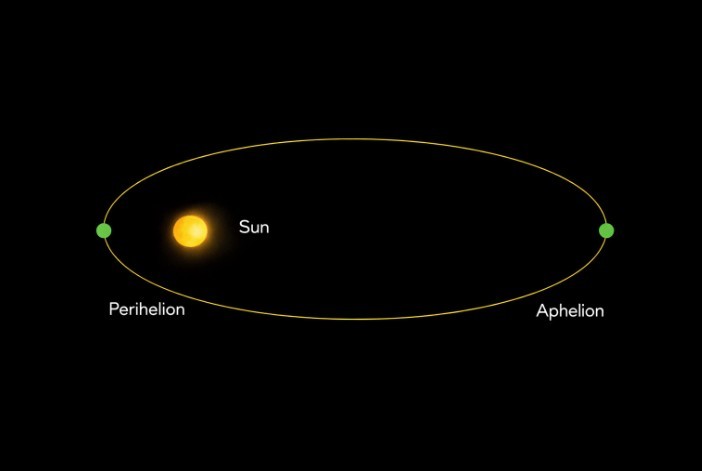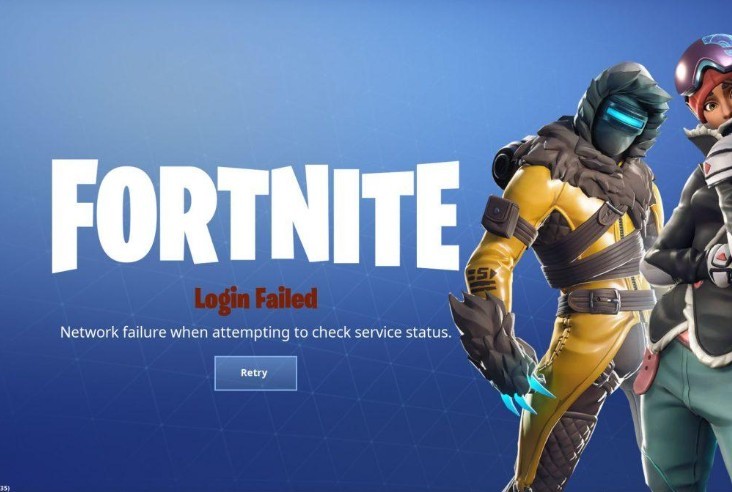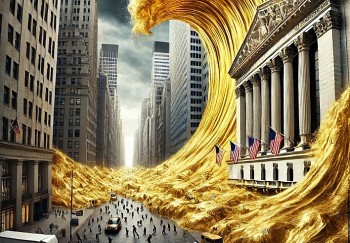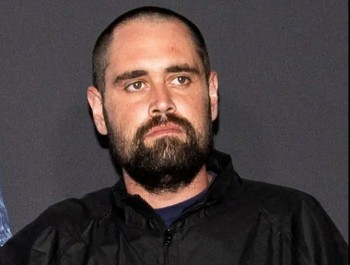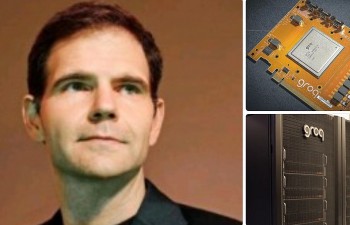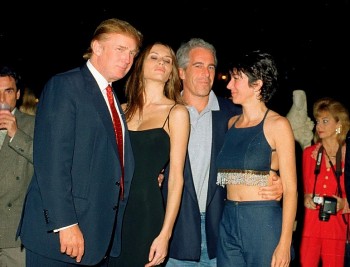The Tradition of Throwing Confetti and Saying "Happy New Year" in the United States
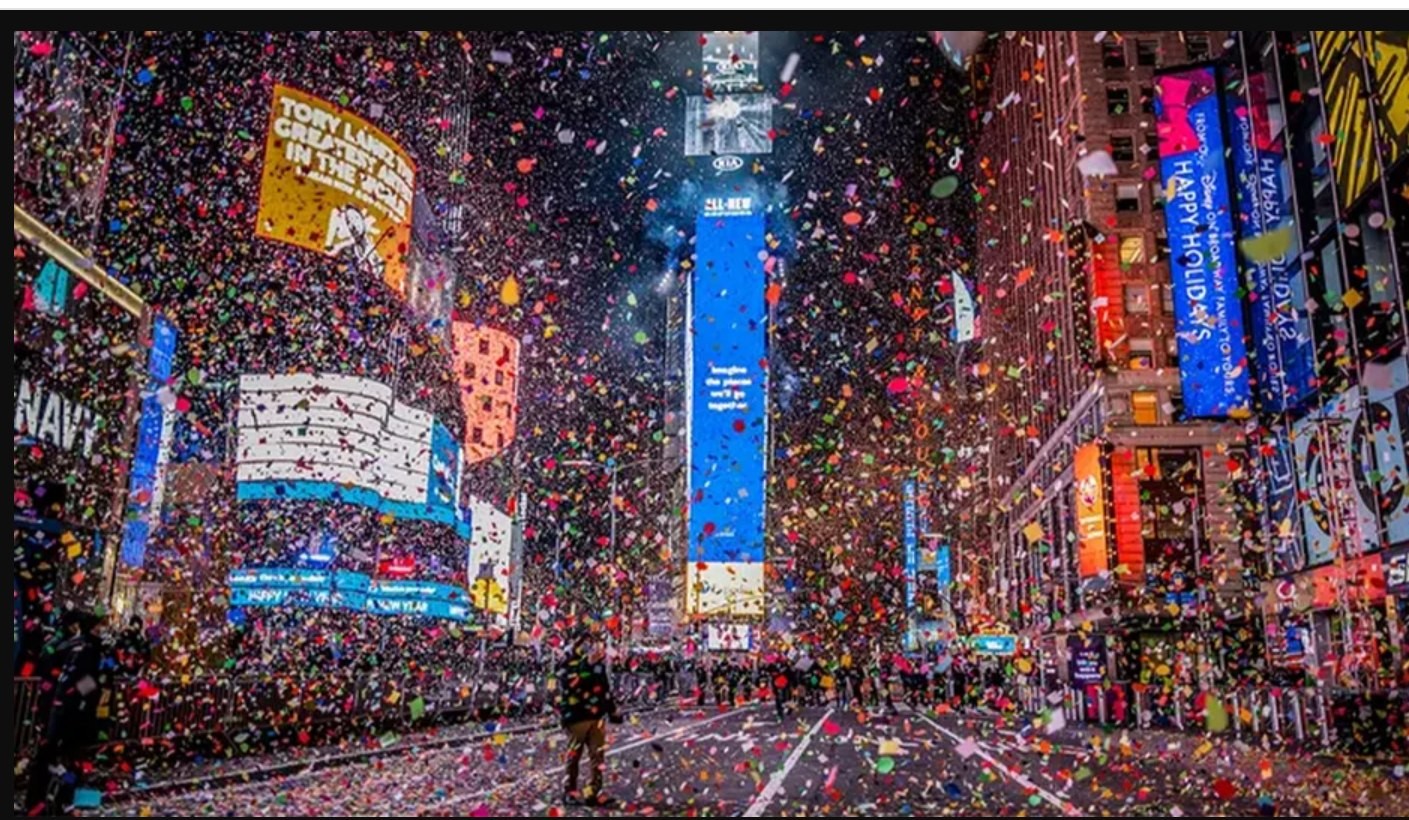 |
One iconic and joyful tradition is throwing confetti into the air at the stroke of midnight, accompanied by enthusiastic exclamations of “Happy New Year!” This act symbolizes the excitement of welcoming a new year, leaving behind the old, and embracing fresh beginnings. The tradition, though seemingly simple, carries cultural, historical, and emotional significance that unites people across different backgrounds.
Historical Origins
The tradition of throwing confetti dates back centuries and has roots in European customs. Confetti—originally small candies or nuts—was thrown during festive occasions in Italy during the Renaissance. This act symbolized prosperity, good fortune, and celebration. Over time, these edible items were replaced with colorful paper bits, especially as the tradition spread to other parts of the world.
In the United States, the use of confetti became prominent in the late 19th and early 20th centuries, particularly in New York City. During large parades and celebrations, confetti showers became a staple, adding an element of spectacle and fun. By the mid-20th century, the practice of throwing confetti during New Year’s celebrations became widespread, cementing its place as a quintessential part of the holiday.
The Symbolism of Confetti
Confetti is more than just colorful bits of paper; it carries a deeper symbolic meaning:
-
Joy and Celebration: The vibrant colors of confetti represent happiness and the exuberance of starting anew.
-
Unity and Togetherness: Throwing confetti often happens in large crowds, symbolizing collective joy and shared optimism for the coming year.
-
Renewal: The act of tossing confetti upward signifies casting away the old and making room for fresh beginnings.
The phrase “Happy New Year”, spoken alongside the act, reinforces the themes of hope, goodwill, and shared aspirations.
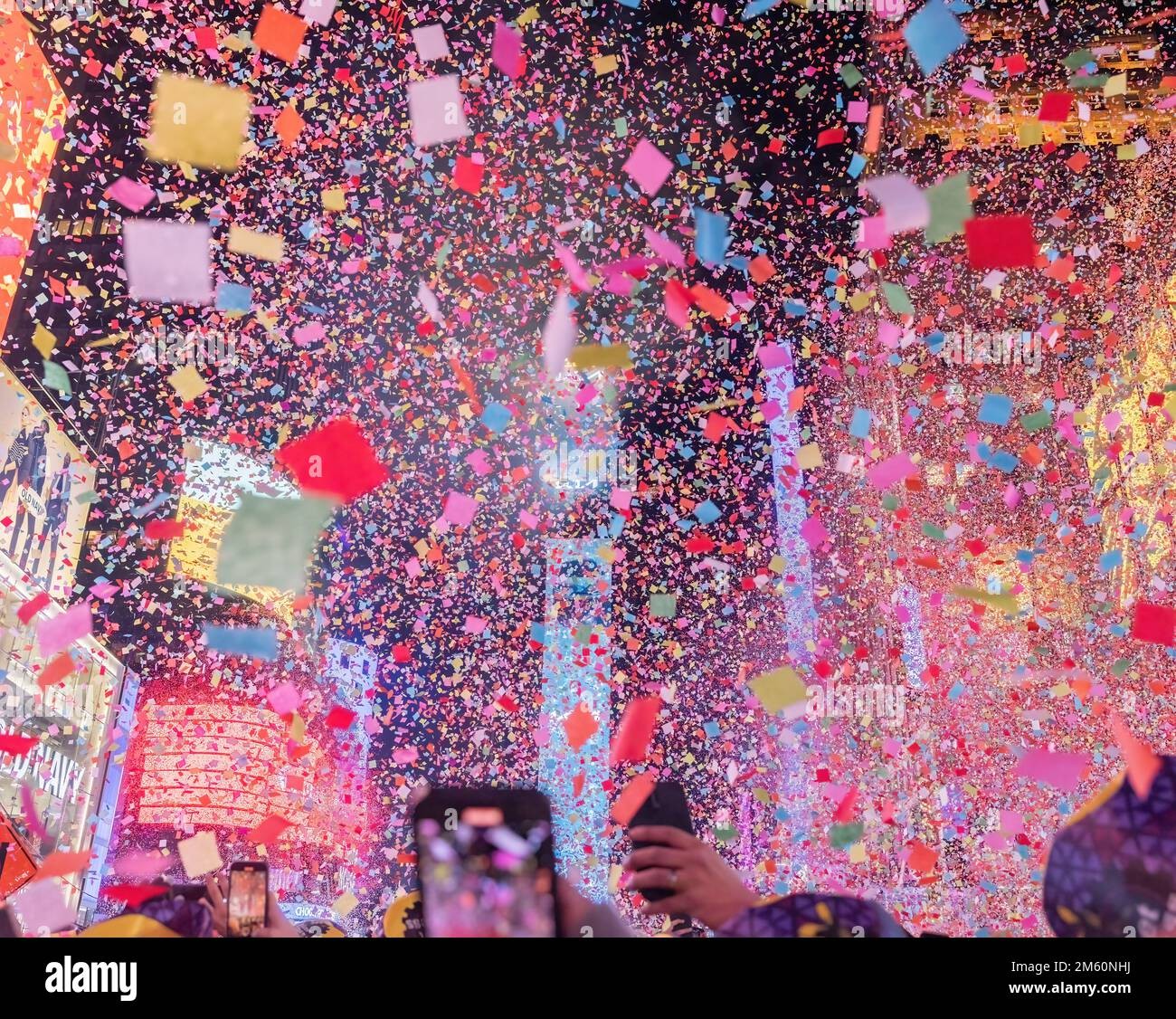 |
The Role of Times Square
The tradition is perhaps most famously displayed in Times Square, New York City. The annual New Year’s Eve celebration in Times Square attracts millions of attendees and viewers from around the world. Here, confetti plays a starring role:
-
The Midnight Moment: At 11:59 PM, a countdown begins, and when the clock strikes midnight, confetti is released from rooftops in a dazzling display.
-
Scale of the Event: Approximately 3,000 pounds of confetti are used each year in Times Square, creating a magical scene as the colorful bits rain down on revelers.
-
Interactive Wishes: In recent years, the confetti released in Times Square has included written wishes submitted by attendees and online participants, adding a personal touch to the celebration.
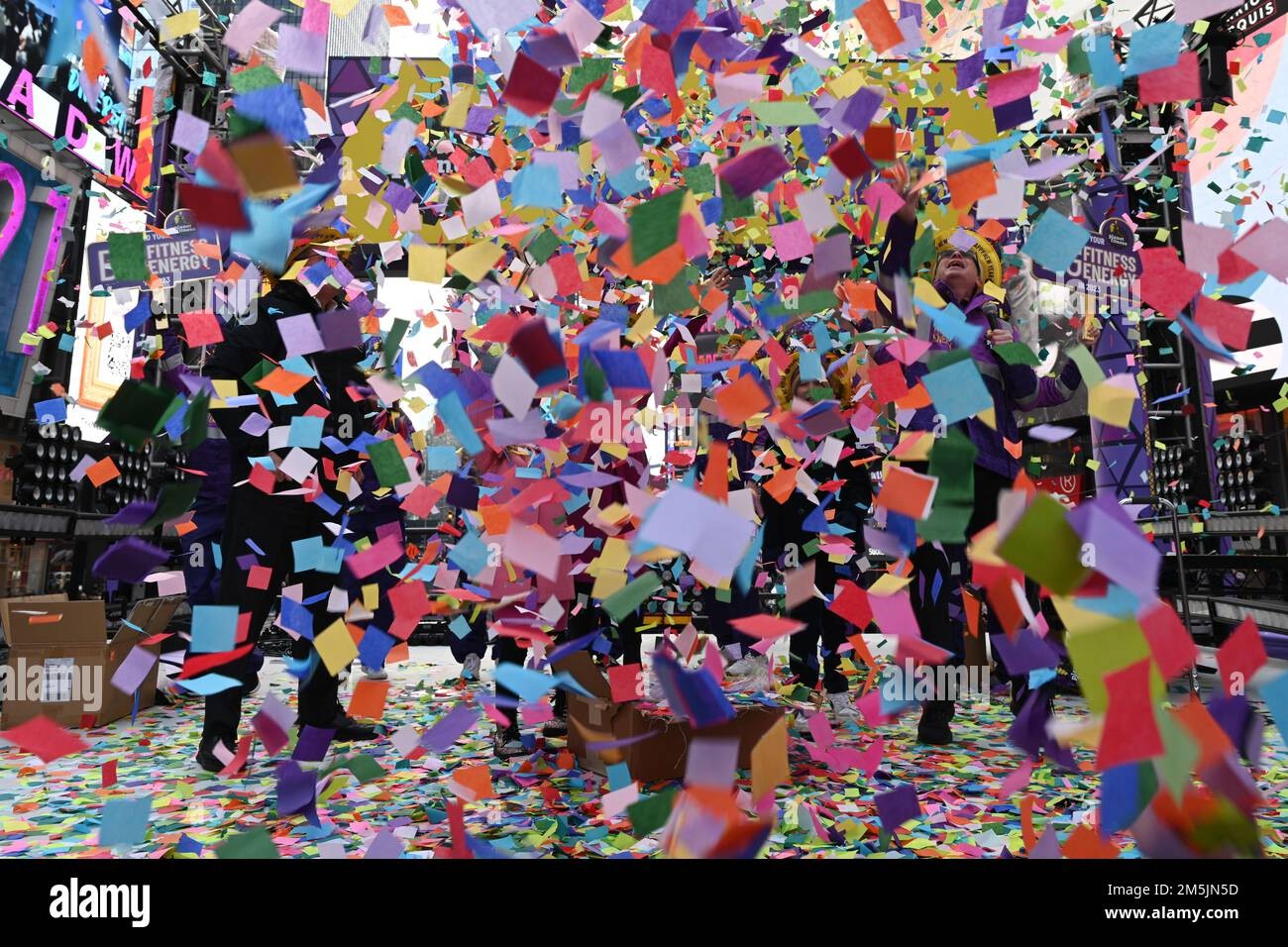 |
Evolution of the Tradition
Early Celebrations
Early New Year’s celebrations in the United States were quieter and more focused on religious or family gatherings. The introduction of public festivities and large-scale events brought about the use of confetti as an enhancement to these celebrations.
Modern Variations
Today, confetti comes in various forms and is used in diverse ways:
-
Eco-Friendly Confetti: Many events now use biodegradable confetti to reduce environmental impact.
-
Digital Confetti: In virtual celebrations, digital graphics simulate the experience of confetti showers.
-
Custom Confetti: Personalized confetti with messages or logos has become popular for private parties.
Why Do People Say "Happy New Year"?
The phrase “Happy New Year” is more than just a greeting; it is a universal expression of goodwill and optimism. The words convey:
-
Hope for the Future: Wishing someone a happy new year symbolizes hope for better days ahead.
-
A Fresh Start: It’s an opportunity to let go of past difficulties and embrace new opportunities.
-
Community Spirit: Saying “Happy New Year” strengthens bonds and creates a sense of shared celebration.
Regional and Cultural Variations
The United States is a melting pot of cultures, and New Year’s celebrations reflect this diversity. While confetti and the phrase “Happy New Year” are common, various communities add their own unique twists:
-
Southern Traditions: Many Southern states incorporate fireworks and the eating of black-eyed peas for good luck.
-
Hispanic Influences: Some communities follow the Spanish tradition of eating 12 grapes at midnight.
-
Asian-American Celebrations: In Chinese-American households, New Year’s traditions may align with Lunar New Year, emphasizing red colors and prosperity.
Environmental and Social Considerations
While confetti brings joy, it also raises concerns:
-
Environmental Impact: Non-biodegradable confetti can harm wildlife and pollute waterways. Eco-friendly alternatives are gaining popularity.
-
Safety: Large crowds and confetti can create cleanup and safety challenges for event organizers.
Public events like Times Square’s celebration now focus on sustainability and safety, balancing tradition with modern sensibilities.
Fun Facts About New Year’s Confetti
-
Origins of the Word: The term "confetti" comes from the Italian word for confectionery.
-
Longest Confetti Drop: The Times Square confetti release lasts approximately 10 minutes.
-
Confetti Colors: Over 100 colors are used to create the perfect visual spectacle.
-
Digital Wishes: Times Square’s confetti wishes are submitted from over 50 countries.
FAQs
1. Why do people throw confetti on New Year’s Eve?
Throwing confetti symbolizes joy, renewal, and collective celebration. It is a visual representation of casting away the old year and welcoming the new.
2. When did the tradition of throwing confetti start?
The tradition has roots in Renaissance-era Europe and became popular in the U.S. during the late 19th and early 20th centuries.
3. How much confetti is used in Times Square?
Approximately 3,000 pounds of confetti are released during the New Year’s Eve celebration in Times Square.
4. Is confetti eco-friendly?
While traditional confetti can be harmful to the environment, many celebrations now use biodegradable or water-soluble alternatives.
5. What are other popular New Year’s traditions in the U.S.?
Other traditions include fireworks, champagne toasts, resolutions, and watching the ball drop in Times Square.
6. Can I submit a wish for the Times Square confetti?
Yes, you can submit your wish online or at designated locations in New York City.
7. What is digital confetti?
Digital confetti is a virtual representation of confetti showers used in online or virtual celebrations.
8. Why do people say “Happy New Year”?
The phrase is a universal expression of goodwill and hope, symbolizing a fresh start and positive aspirations.
9. Are there regional variations in U.S. New Year’s traditions?
Yes, different regions incorporate unique elements, such as black-eyed peas in the South or 12 grapes in Hispanic communities.
10. What’s the history behind Times Square’s New Year’s celebration?
The Times Square New Year’s Eve tradition started in 1907 with the first ball drop and has since become a global phenomenon.
| Throwing confetti and saying "Happy New Year" are joyous acts that encapsulate the spirit of renewal and celebration. These traditions, deeply rooted in history and adapted over time, bring people together in a shared moment of hope and happiness. As the clock strikes midnight and confetti fills the air, the simple act of saying “Happy New Year” resonates universally, marking the start of another journey around the sun. |

